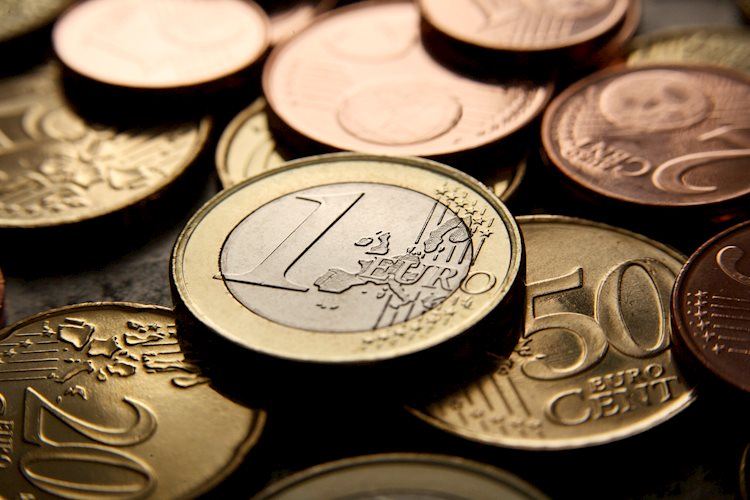
- EUR/USD copies the previous day’ Doji candlestick around seven-week low.
- Eurozone inflation underpins hawkish ECB bias ahead of German sentiment, output data.
- US Treasury bond yields, market bets suggest traders already priced in strong US data, Fed’s rate hike to 5.36%.
- US Core PCE Price Index, geopolitical headlines become the key to clear directions.
EUR/USD seeks clear directions as it seesaws within a 25-pip trading range during early Friday, easing to 1.0600 by the press time. In doing so, the major currency pair portrays the market’s anxiety ahead of the key data/events, while also struggling to justify the mixed geopolitical headlines surrounding Ukraine.
Recently, China unveiled a 12-point proposal and called for a cease-fire between Russia and Ukraine but failed to gain accolades from the major global economies due to its ties with Moscow. In that regard, the EU Delegation Head in China stated that China should fulfill its responsibility to defend the UN (United Nations) charter in face of aggression by Russia.
Previously, the market’s fears that the strong US data and further Federal Reserve (Fed) rate hikes are already priced in seemed to have weighed on the US Treasury bond yields and favored the EUR/USD rebound. However, geopolitical fears and doubts over the European Central Bank’s (ECB) next move seems to probe the pair traders of late.
“Fed funds futures are priced for 25 basis-point (bp) hikes over the next three meetings, with a peak rate of 5.36% hitting in July,” per Reuters.
At home, confirmation of the record-high core inflation data at home and easing recession woes seem to keep the Euro buyers hopeful.
Elsewhere, US Senators’ push to halt Chinese carriers overflying Russia on US flights renews the market fears but the readiness to open dialogue with Beijing, as per the comments from Treasury Secretary Janet Yellen, challenges risk-aversion. Furthermore, China’s Commerce Ministry urged the US to create good conditions for trade while also showing readiness to take more measures to revive and expand consumption.
Amid these plays, Wall Street closed on the positive side but the S&P 500 Futures recently failed to extend the recovery moves from the monthly low by retreating to 4,013, down 0.13% intraday at the latest. Further, the US 10-year Treasury bond yields seesaw around 3.875%, making it less active on the day, whereas the US two-year bond coupons stay inactive near 4.69% by the press time.
Moving on, final readings of Germany’s fourth quarter (Q4) Gross Domestic Product (GDP) and GfK Consumer Confidence data could entertain EUR/USD ahead of the Fed’s preferred inflation gauge, namely the US Personal Consumption Expenditures (PCE) Price Index data for January. That said, The PCE Price Index is expected to have risen by 4.9% YoY in January, versus 5% prior. Further, the more relevant Core PCE Price Index, known as Fed’s favorite inflation gauge, is likely eased to 4.3% YoY, compared 4.4% prior.
To sum up, EUR/USD trades on thin ice ahead of the key data/events but the bearish bias seems more lucrative.
Technical analysis
Monday’s Doji near multi-day low joins nearly oversold RSI (14) to favor a corrective bounce toward the December 2022 peak surrounding 1.0740. That said, a convergence of the 100-day Exponential Moving Average (EMA) and an 11-week-old ascending support line, close to 1.0550 by the press time, appears a tough nut to crack for the EUR/USD bears.